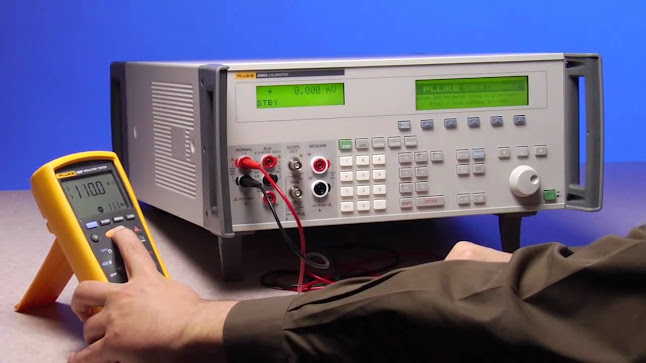Humidity Calibration: Know Everything In Detail
Humidity calibration is a process of measuring the actual humidity in a room to compare it with what the instrument reads. It is important to calibrate your instruments regularly and accurately as it will enable them to measure humidity accurately at all times.
Calibration of humidity instruments
Calibration is a process that verifies the accuracy of a humidity instrument by comparing its readings to an accepted standard. Calibration should be performed at least once per year and before each use, since environmental conditions can cause instruments to drift over time.
Verification is another form of calibration, but this type compares a measurement made by an instrument against some predetermined value that has been previously established. This method is used when there's no known reference standard or when it’s not practical or safe to use one.
Validation refers to the verification of calibration procedures and practices used within an organisation or facility; it's often done according to recognised standards such as ISO 17025:2005 (General requirements for the competence of testing and calibration laboratories).
Calibration may need revalidation if there have been significant changes in equipment or methods used during production processes since last validation was performed (e.g., after purchasing new equipment).
Recalibration involves repeating all steps involved in calibrating your device so as not only ensure accuracy but also ensure compliance with regulatory requirements regarding maintenance intervals; this process usually occurs more frequently than other types because manufacturers recommend specific guidelines based on model type and sensor sensitivity levels.
Humidity calibration methods
Humidity calibration methods are used to ensure that humidity instruments are accurate and reliable. Humidity calibration is done by using a device called the calibrator, which can be either a portable or fixed type of instrument. There are two basic types of humidity calibrators: digital and analog.
The digital calibrator requires you to enter an appropriate number into the unit and then press “calibrate” on your keypad; after a few seconds, the unit will display an error message if it has been successfully calibrated.
If you don't receive this message, then you need to repeat this process until you get it right. An analog calibrator works in much the same way but instead displays a needle moving over a dial proportional to how close its reading is to being correct (i.e., zero).
Humidity calibration methods can be done in either a laboratory or on site depending on your needs and budget - each method comes with its own set of pros/cons so make sure you consider them before making any decision!
Humidity calibration is important.
Humidity calibration is a process that ensures the accuracy of humidity measurements. Humidity calibration can be done using different methods.
The most common method of humidity calibration is using a standard solution, which should be prepared at least once a year. A standard solution can be prepared by mixing distilled water with salt in a ratio of 1:1.
Conclusion
In conclusion, humidity calibration is important. The accuracy of your instruments depends on the correct operation of its internal sensors.
If you are using a hygrometer in a laboratory environment, then you should calibrate it regularly to ensure that the readings are reliable and accurate. The best way to do so is by calibrating against standards at least once every year or two depending on the type of device being used.


Comments
Post a Comment